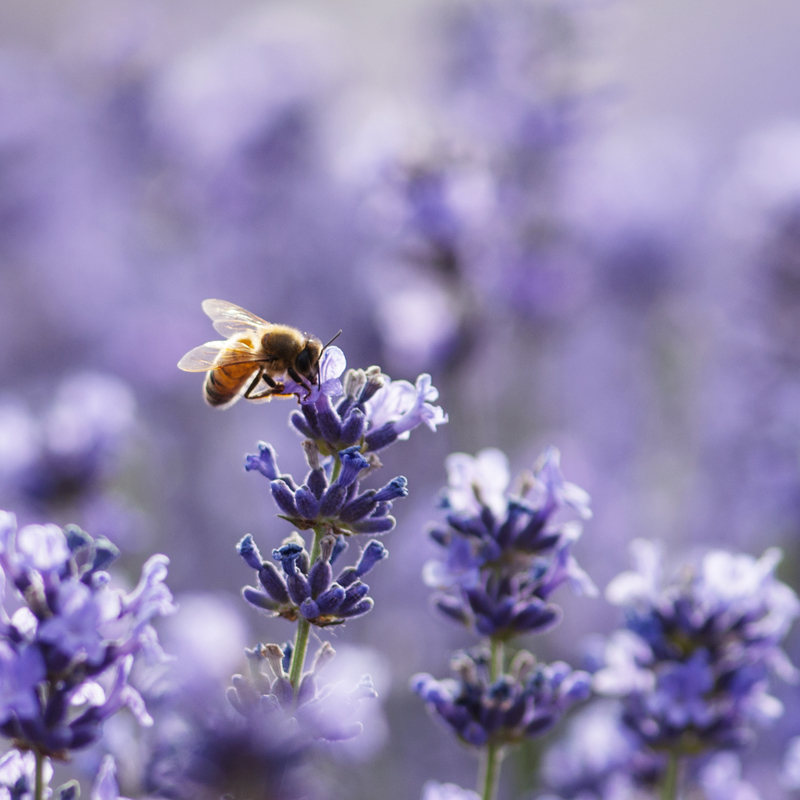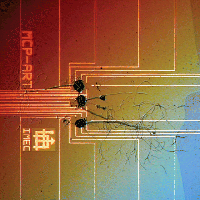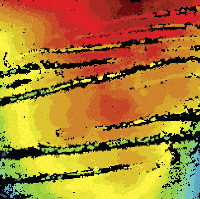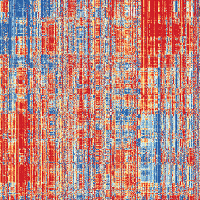To celebrate the 100th issue of the Journal of the Royal Society Interface we gathered up our favourite covers from the last ten years.

To celebrate the 100th issue of the Journal of the Royal Society Interface we gathered up our favourite covers from the last ten years, which you can see on our Facebook page in our 100 issues album.
We also asked our publishing editor to point out a few of his favourite cover images which you can see here.

This image comes from our December 6, 2009 issue (Vol. 6, Num 41). It depicts cultured Aplysia neurons on a planar multi-electrode array. More information about these cultuted neurones can be found in the article the picture is based on here. Image courtesy of Micha Spira, The Life Sciences Institute.

Our June 7, 2012 issue (Vol.9, Num. 71) showed a three-dimensional white light interferogram of the surface of the slits of a lyriform organ, a very sensitive strain sensor in the cuticle of spiders. You can read more about what makes this so interesting in the journal article here. Image courtesy of Clemens F. Schaber.

This picture is the face of our July 6, 2013 issue (Vol.10, Num. 84). It shows a compound methodological view of nature’s signals: showing the results of running an interdisciplinary set of 875 time series (both empirical and simulated) through 8651 time series analysis methods with the methods taken from diverse scientific literatures. It is based on a figure you can see in the corresponding manuscript here.
If you want to check out the rest of our favourite cover images check out our Facebook album.
